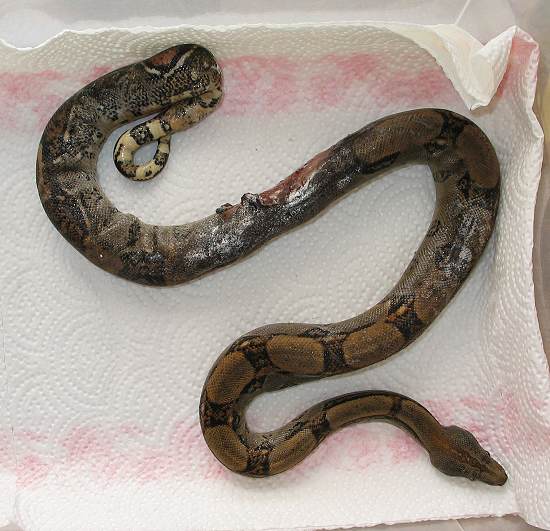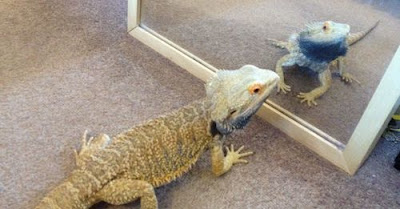As for heat lights, their use depends on the specific temperature requirements of the snake. The use of heating pads alone is not ideal because it can be difficult to maintain and monitor the stability of the temperature inside the enclosure. Using heat lights help ensure that there is measurable ambient temperature inside the enclosure. It is recommended to install 2 separate heat lights, each set on a 12-hour cycle. The heat light with the white light is turned on during the day, while the red or purple light is used at night. Nocturnal species of snakes benefit from having a natural day/night cycle. Without it, the snake can suffer from stress and stop eating.
Since reptiles require a temperature gradient inside their enclosure, you can install incandescent heat bulbs in a variety of wattages to create the right environment for your pet snake.
Your professionalveterinarian Dallas, GA is a valuable source of information when it comes to your pet’s health and well-being.




